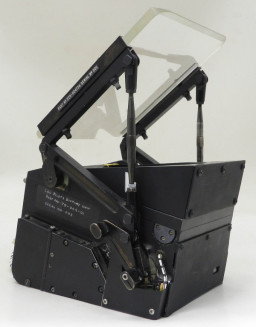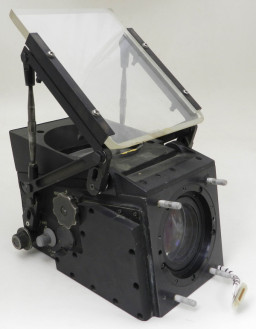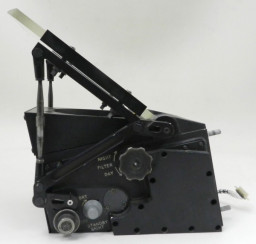Notes:
Project 664 was supported by the Ministry of Defence for Marconi-Elliott Avionic Systems Ltd to develop an advanced Head Up Display with an eye to the export market. Head Up Display systems employing general purpose digital computers were by now in common use and later versions had incorporated weapon aiming functions which were particularly effective in the air to air mode. The company was gaining experience with such systems in the A-4, and with demonstrators in the Milan, Mirage and both the YF-16 and YF-17. The fire control system of the YF-16 proved particularly effective in the fly-off of the two contenders. However these designs were all based on the processor of the A-7D/E HUD which as we have seen was itself derived from the earlier ILAAS concept. By now there had been considerable advances in computer technology with medium and large scale integrated circuit devices and RAM and ROM. There was the potential to make a processor both smaller and lighter without any increase in cost. The new system was called the Head Up Display Weapon Aiming System or HUD/WAS Type 664.
Type 664 was designed to provide the same accuracy in lighter combat aircraft that lacked the advanced avionics of the A-7, Harrier or Jaguar. It would allow the pilot of a light combat aircraft to approach targets in level flight or at any angle of dive, and its simplified flight director aiming display permitted either manual or automatic weapon release in the air-to-ground mode, along with the new tracer-line "snap shoot" presentation in the air-to-air role.
The Pilots Display Unit had a conventional Petzval optical system of 25° circular total field of view from a 4 inch exit lens. The single Combiner was unusual in Elliott designs in that its support arms were motorised so that could be raised and lowered whilst maintaining the same tilt; this moved the field of view vertically allowing, for example, the field of view to be lowered for take-off or landing. The PDU contained the final CRT drive and HV power supply. An electrostatically focused CRT was used with a P1 phosphor and the luminance to the eye was a maximum of 1600 ft Lamberts. A red, lamp-illuminated, Standby Sight was incorporated and provision was made for a side mounted Camera to record both symbology and the outside world.








